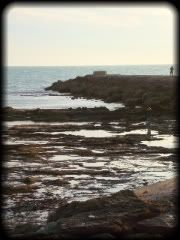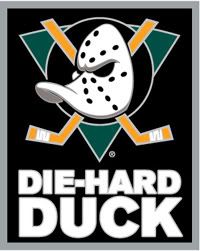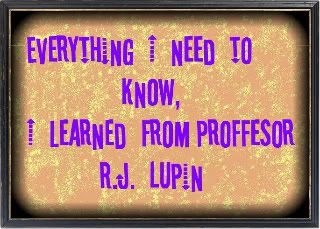(The following info is from this site)
Flamenco is a genuine Spanish art, and to be more exact an genuine Southern Spanish art. It exists in three forms: Cante, the song, Baile, the dance, and Guitarra, guitar playing. Gypsies are very often named as its fathers, and at least it can be taken for certain that they played an important part in its creation. But also the popular songs and dances of Andalucia have influenced early Flamenco considerably.Certainly there were other influences, too, as it will not surprise in a country that has been dominated by most diverse cultures and civilizations during its different historical epochs.
~
Its cradle most probably was where, between 1765 and 1860, the first Flamenco-schools were created: Cádiz, Jerez de la Frontera and Triana (Seville).In this epoch Flamenco dance started to have its firm position in the ballrooms. Early Flamenco seems to have been purely vocal, accompanied only by rhythmical clapping of hands, toque de palmas. It was left to dedicated composers, as Julián Arcas, to introduce guitar playing.
~
During its Golden Age (1869-1910) Flamenco was developed in the epoch's numerous music cafés (cafés cantantes) to its definitive form. Also the more serious forms expressing deep feelings (cante jondo) dates from then.Flamenco dance arrived to its climax, being the major attraction for the public of those cafés cantantes. Guitar players featuring the dancers increasingly gained a reputation.The time from 1910 to 1955 Flamenco singing is marked by the ópera flamenca, with an easier kind of music such as fandangos and cantes de ida y vuelta. The latter clearly showed South American influences.
~
Outstanding dancers and soloists soon made their way out of the small tablaos, successors to the early cafés cantantes, to the great theaters and concert houses. It was now that guitar players acquired a great protagonism, and their playing arrived to masterity.Actual Flamenco frequently shows influences of other kinds of music, as Jazz, Salsa, Bossa Nova, etc. Also Flamenco dance has changed, specially female dancers try to rather showcase their temperament than artistry. The Flamenco guitar that formerly was just featuring the dancers arrived to be a soloistical art form, great virtuoso Paco de Lucia being the pioneer of that development.
~
Mass medias have brought Flamenco to the world stage, but deeply it has always been and will remain an intimate kind of music. You have not listened authentical Flamenco if not in a juerga with a small group of friends, at midnight somewhere in the South of Spain, when there is nothing around but the voice, the guitar and the body of a dancer moving in the moonlight.
(HERE is a previous post with some video of professional dancers)
~
John and I still have not made it to an actual Flamenco show. They are pretty expensive. But at any major festival, they have informal flamenco dancing. It is fun because it is all ages that participate. And the audience is part of the show with all the clapping to keep time.
~
(HERE is a pevious post with video of dancers we saw at Feria)























No comments:
Post a Comment